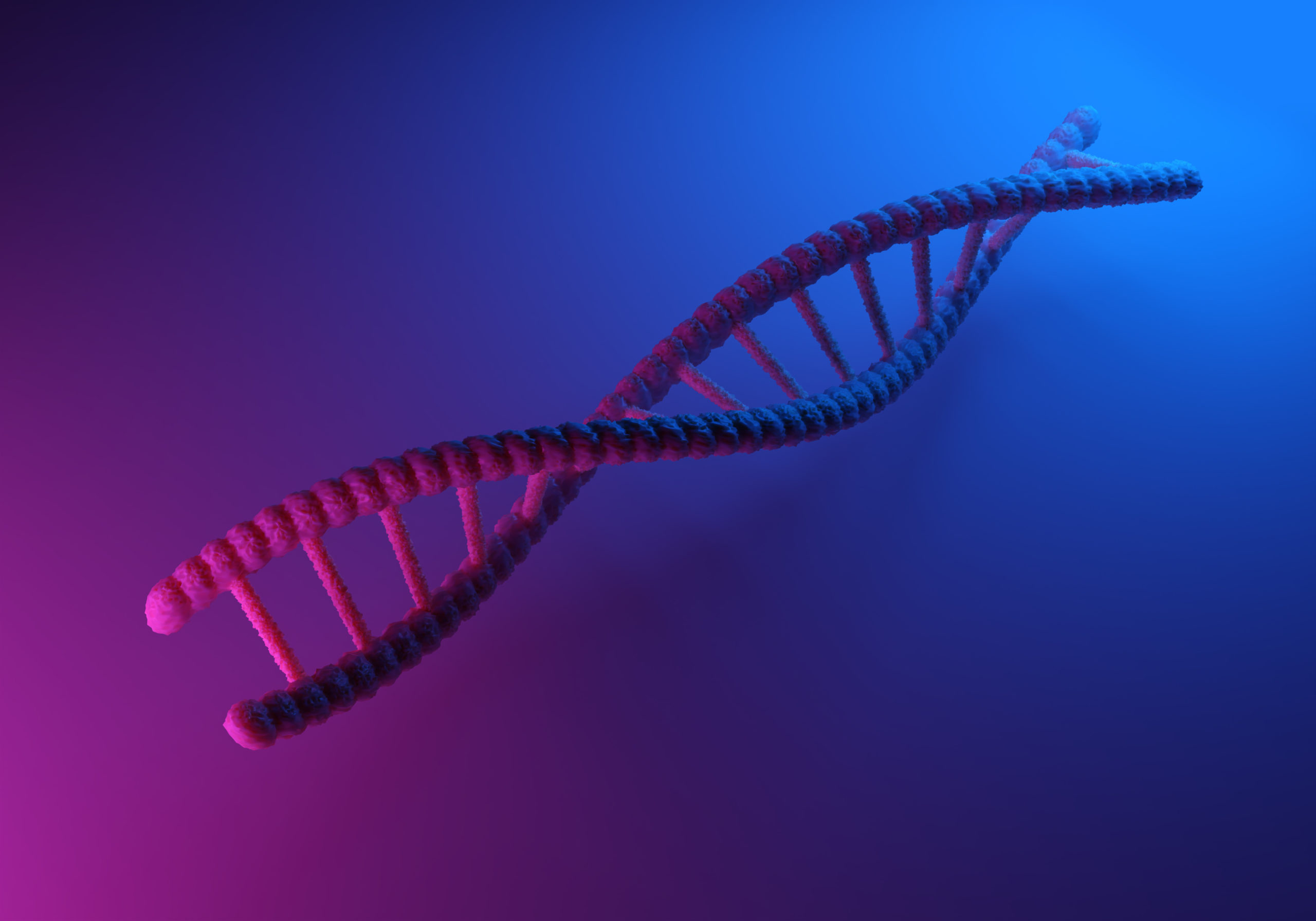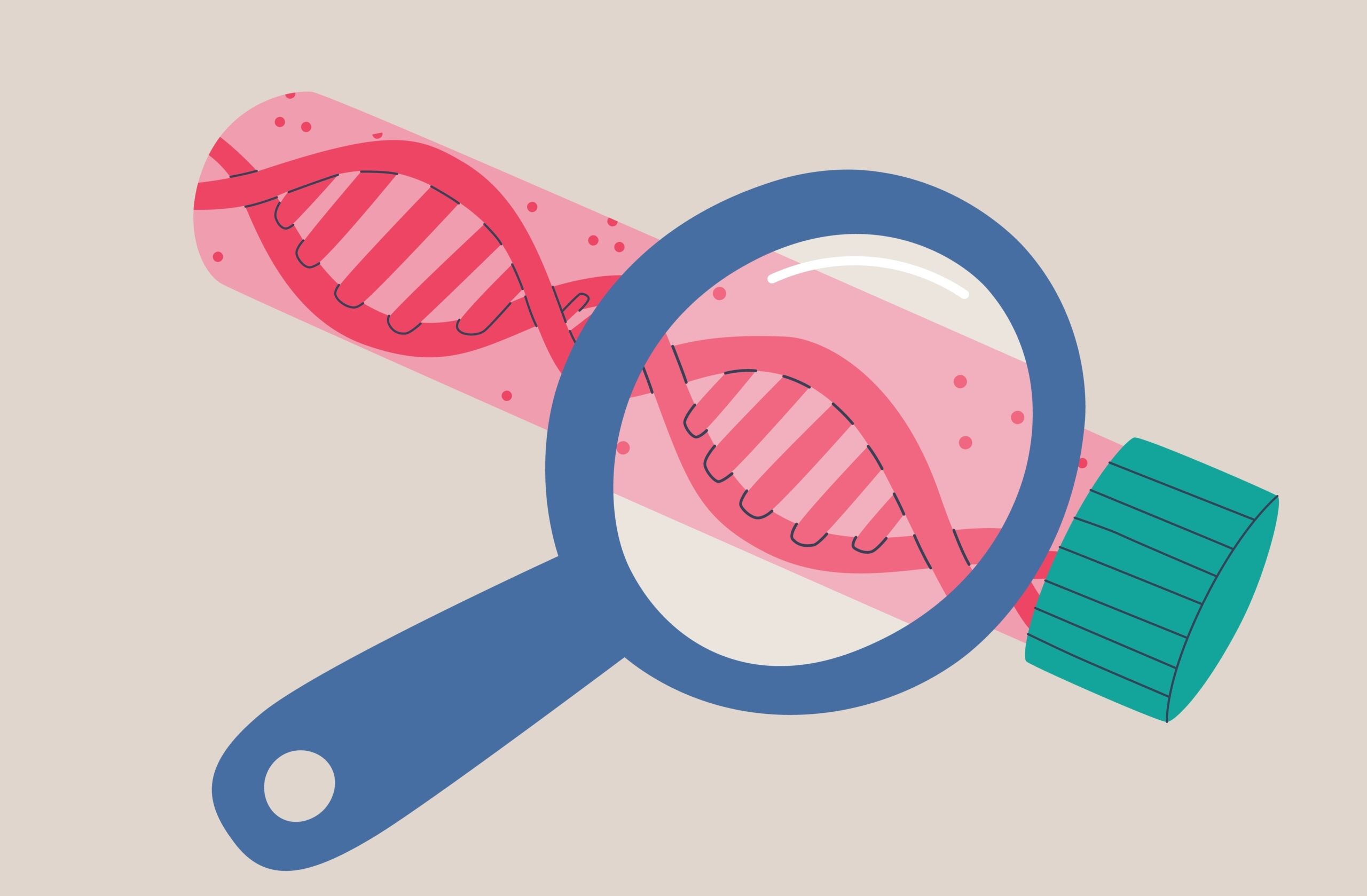A sister system to the better-known, Nobel prize-winning CRISPR-Cas9 system is in the spotlight this week. Microbiologist Raymond Staals publishes on the CRISPR-Cas type 3 system in today’s (1 February) edition of Science. This new system has more options than Cas9 and shows promise for diagnostics.
The Cas9 system became known as a useful molecular tool to cut and paste DNA with a high degree of precision. Researchers discovered the system in bacteria in 2012. Bacteria benefit from the system because it recognises and chops up viruses.
Illogical slashing
The sister system, a CRISPR-Cas type 3 system, does the same with RNA, which is the mobile copy of DNA. Its workings differ: it is larger, more cumbersome and strange. ‘Colleagues recommended ceasing the use of this system’, Staals admits. ‘I didn’t fully understand the system either. Cutting the RNA is actually a rather illogical strategy deployed by the cell, as a virus will continuously replenish RNA from DNA.’
They discovered that the bacterium produces many signalling molecules simultaneously, activating a particular protein group with a wide range of functions but a common characteristic: destroying critical biomolecules in the virus and in the bacterium itself, such as DNA RNA proteins. ‘The bacterium commits suicide’, Staals explains.
This system shows surprising similarities to apoptosis, a cell process with a key role in attacking cancer cells
This brought a significant insight. It appears that researchers have misunderstood CRISPR-Cas throughout the years. ‘It does not kill the virus; it kills the bacterium itself, thus preventing it from becoming a host for further proliferation of the virus. Altruism on the part of the bacteria cells.’ CRISPR-Cas9 appears to be the exception to this general rule.
Specific and sensitive
PhD candidate Jurre Steens, the lead author of the study, discovered that this system can also be used in diagnostics. By decomposition, the system signals it identifies a specific piece of RNA. The system was tested on COVID-19 with unprecedented results. The system very rapidly identified a highly specific RNA fragment and is sensitive to even the slightest presence of the fragment.
Steens decided to investigate what other proteins may be activated with signalling molecules from the CRISPR-Cas type 3 system. Something extraordinary occurred in one of these proteins. He added the signal molecule to a test tube with the protein, which changed into a milky fluid within seconds. ‘We did not expect that.’ A chain reaction led to a large protein complex, which, in turn, activated a different protein that chopped up many other things. ‘We jokingly called it “Destroyer of Worlds” in the lab. But don’t worry, the cell has a smart feedback system to halt these destroyers in time.’ This system bears striking similarities to apoptosis, a cell process that plays an instrumental role in clearing up cancer cells. There is no telling how it may contribute in that domain. ‘It would seem to have been a good decision to continue my research on these type 3 systems’, Staals concludes.

 The Cas9 system became known as a nifty molecular tool to cut and paste DNA. A similar system, CRISPR-Cas type 3 system, does the same with RNA. Photo: Shutterstock.
The Cas9 system became known as a nifty molecular tool to cut and paste DNA. A similar system, CRISPR-Cas type 3 system, does the same with RNA. Photo: Shutterstock. 

